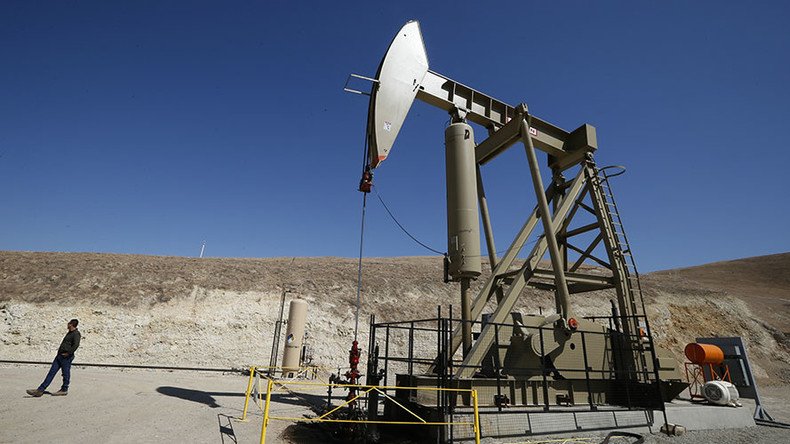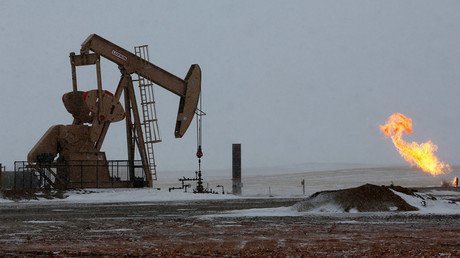EPA has not been watching fracking sites for groundwater contamination

A report from the Government Accountability Office (GAO) found that regulators at the Environmental Protection Agency (EPA) have not been keeping tabs on whether or not wastewater from fracking is seeping into drinking water.
“The Environmental Protection Agency (EPA) has not collected specific inspection and complete or consistent enforcement information, or consistently conducted oversight activities, to assess whether state and EPA-managed Underground Injection Control (UIC) class II programs are protecting underground sources of drinking water,” a February report from the GAO found.
This is not the first time the EPA was found to be negligent of its duties, the report noted. The GAO has discovered the occurrence of similar problems since 2014.
The EPA’s current method of protecting drinking water has largely left the ball in the states’ courts. States are allowed to oversee the regulation of their injection sites, provided that they meet EPA criteria regulated by the Underground Injection Control (UIC) program.
Forty states are currently approved to have primary responsibility for maintaining their injection sites, leaving 10 states to be managed by five EPA regional offices. However, the report notes that the EPA is still obligated “to conduct specific activities to ensure that the state and EPA-managed programs are protecting underground sources of drinking water.”
Despite this, the GAO found that the EPA has not collected inspection and enforcement information to determine whether or not the programs they either oversee or approve have been protecting drinking water from fracking wastewater.
Fracking wastewater is a combination of heavy metals – such as arsenic or mercury – and salt water and various other unnamed chemicals. Despite the alarm bells that introducing arsenic to groundwater should set off, the GAO’s report states, “the information EPA collects is at a summary level and not specific enough to assess whether states are meeting inspection goals established to protect underground sources of drinking water.”
The information that the EPA has been providing does not seem to be helpful, either. It hasn’t been specific enough to track the progress states have made towards meeting EPA standards. For example, Pennsylvania is reported to have 7,788 active wells in the state but the EPA’s data showed that they had no data for the following inspections: emergency and complaint response, mechanical integrity tests witnessed, enforcement, well pluggings witnessed, well constructions, witnessed or routine inspections.
A non-profit investigative news organization, Public Herald, reported that Pennsylvania’s Department of Environmental Protection (DEP) has received 2,309 water complaints from 17 of 40 counties where fracking took place. Vox reported that 18 cities in Pennsylvania have lead levels even higher than those recorded in Flint, Michigan, where a state of emergency has been declared by President Obama due to water contamination.














